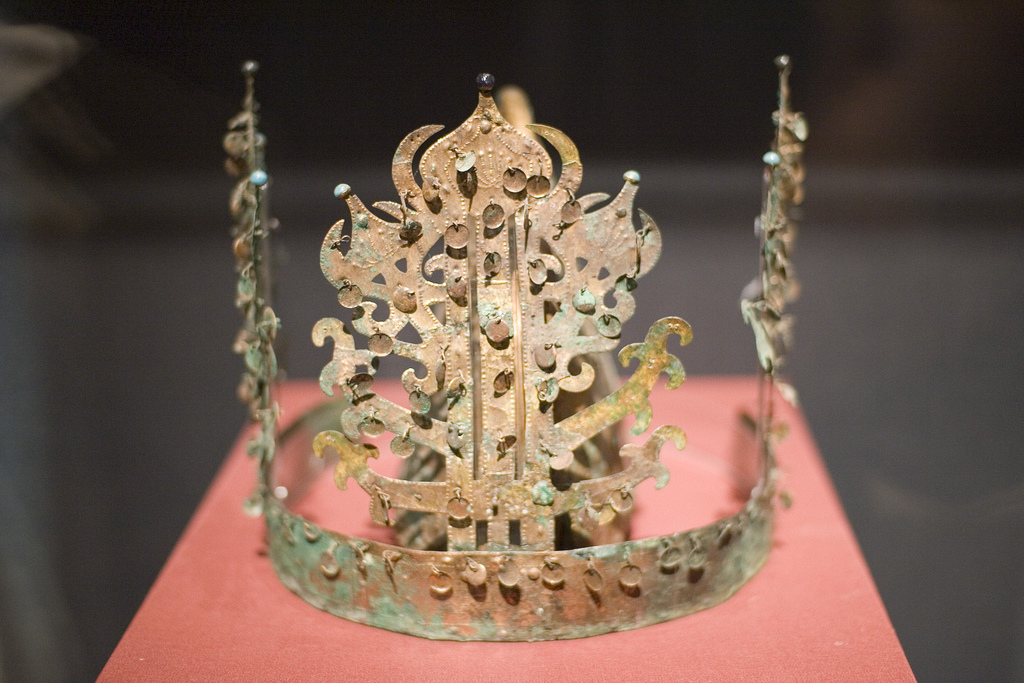Paekche (Kingdom)
Enlarge text Shrink text- Kuksa tsj.(Paekche; B.C. 18 (Onjo Wang 1)-A.D. 660 (31-tae Ŭija Wang 20))
- Ency. of Britannica(Paekche; one of three kingdoms into which ancient Korea was divided before 660; founded in 18 B.C. in the Kwangju area by Onjo)
- Webster's new geographical dic.(Pakche)
- International Symposium on Mahan-Baekje Culture (8th : 1985 : Wŏnʾgwang Taehakkyo). Tongbuk Asea e issŏsŏ Paekche munhwa ŭi wichʻi, 1985:t.p. (Paekche; Baekje [in rom.])
- Imarishi, R. Kudara shi kenkyū, 1934:t.p. (Kudara [in jpn. reading]; Paekche [in kor. reading]
Baekje or Paekche (Korean: 백제; Hanja: 百濟; Korean pronunciation: [pɛk̚.tɕ͈e]) was a Korean kingdom located in southwestern Korea from 18 BCE to 660 CE. It was one of the Three Kingdoms of Korea, together with Goguryeo and Silla. While the three kingdoms were in separate existence, Baekje had the highest population of approximately 3,800,000 people (760,000 households), which was much larger than that of Silla (850,000 people) and similar to that of Goguryeo (3,500,000 people). Baekje was founded by Onjo, the third son of Goguryeo's founder Jumong and Soseono, at Wiryeseong (present-day southern Seoul). Baekje, like Goguryeo, claimed to succeed Buyeo, a state established in present-day Manchuria around the time of Gojoseon's fall. Baekje alternately battled and allied with Goguryeo and Silla as the three kingdoms expanded control over the peninsula. At its peak in the 4th century, Baekje controlled most of the western Korean peninsula, as far north as Pyongyang, and may have even held territories in China, such as in Liaoxi, though this view is controversial. It became a significant regional sea power, with political and trade relations with China and Japan. Baekje was a great maritime power; its nautical skill, which made it the Phoenicia of East Asia, was instrumental in the dissemination of Buddhism throughout East Asia and continental culture to Japan. In 660, it was defeated by the Tang dynasty and Silla, and ultimately submitted to Unified Silla.
Read more on Wikipedia >
 Place
Place








